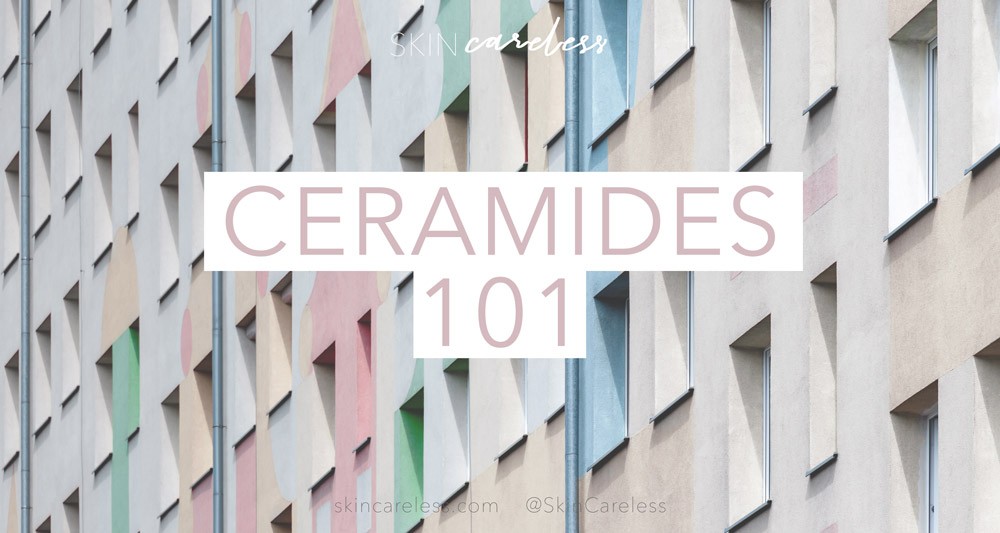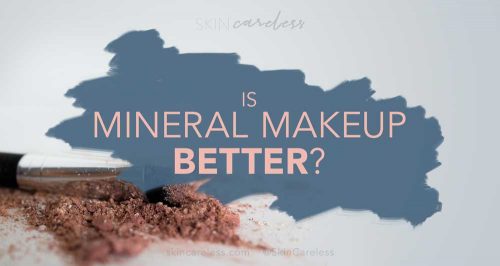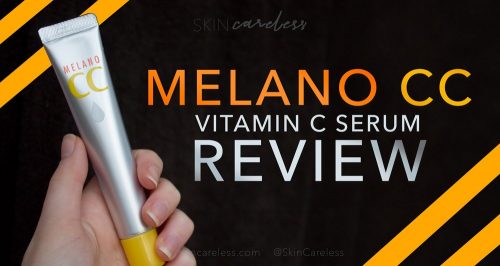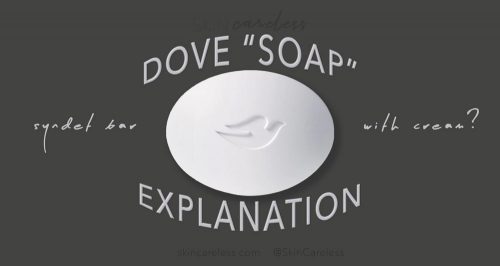Ceramides are an elusive ingredient – occasionally heard about, rarely seen, and even more rarely understood by the casual observer. But as by far one of the best moisturising ingredients out there, ceramides can and should be used by any and every body. They’re an important building block of skin and an ingredient that’s not to be missed.
Read on to find out what ceramides are, what they do, and why they’re so great.
What are ceramides and what do they do?
A ceramide is a type of waxy lipid molecule i.e. a thick, waxy oil. Ceramides are made up of a pairing of sphingosine or phytosphingosine (an amino alcohol) and a fatty acid.
Our bodies produce ceramides as a major part of natural skin oil, and as such they’re well tolerated by most people in skin care products. This natural ‘lipid layer’ – thought to be about 50% ceramides, 25% cholesterol, and 15% fatty acids – is what makes our bodies waterproof to prevent both water loss and infection. These oils fill the spaces between skin cells to act as a barrier against the outside. Without this natural protection, you could say goodbye to having waterproof skin, and hello to a host of skin conditions like eczema and psoriasis.
Why use ceramides?
But if your skin produces ceramides itself, why do you need to apply it topically?
By adding a topical ceramide product to the skin, we are bolstering the protective layer that may have been removed by improper cleansing, over exfoliation, harsh weather, or daily wear and tear.
The skin is then also better able to retain water which improves dehydration and sensitivity, one of the most common skin complaints.
By supporting a healthy skin barrier and pH level in this way, you can relieve eczema, psoriasis, superficial ageing, acne and more.
Who are ceramides best for?
Ceramides are best used on drier or dehydrated skin that has trouble retaining a healthy moisture balance, or skin that is prone to flaking and irritation. This is because it seals in the hydration and works as an emollient to soften the surface of the skin, increasing flexibility and smoothness.
But don’t be fooled, ceramides aren’t just for the dry skinned; even with oily skin I love using my ceramide toner because it’s so lightweight yet still incredibly nourishing!
Ceramide ingredients to look out for
Depending on the type of materials compromising in the ceramide, they go by different names. There are 9 known ceramide types, so keep an eye out for any of the following in your ingredient lists:
- Ceramide 1/Ceramide EOS
- Ceramide 2/Cermamide NS/N-stearoyl sphinganine
- Ceramide 3/Ceramide NP/N-stearoyl phytosphingosine
- Ceramide 4/Ceramide EOH
- Ceramide 5/Ceramide AS
- Ceramide 6/Ceramide AP = α-hydroxy-N-stearoylphytosphingosine
- Ceramide 6 II/Caproyl sphingosine
- Ceramide 7/Ceramide AH
- Ceramide 8/Ceramide NH
- Ceramide 9/Ceramide EOP
Ceramide product recommendations
If you’re looking to incorporate a ceramide-infused product into your routine, I’d recommend checking out some of these:
The ceramide product I use is the Cezanne High Moist Lotion. It’s like a milky water, you slap it on after cleansing and actives but before thicker moisturisers and you’re good to go! A bottle lasts for EVER (I’ve had mine for over a year now and it’s still 1/3rd full) so it’s an absolute steal for the price.
The Dr. Jart Ceramidin line features a cream, serum, liquid, oil balm and mask to suit a variety of skin types, from the driest to the oiliest. While they’re slightly more expensive, they have a cult following in the beauty world.
CeraVe Moisturising Cream is a great budget option, especially if you’re hoping to use it all over and need a larger size.
I’ve also heard good things about the CosRX Honey Ceramide Full Moisture Cream and the Holika Holika Good Cera Super Ceramide Cream.
I hope you feel a little more empowered to read the ingredients lists of your products, and inspired knowing that sometimes, gentler is better.






[…] on the other hand, have an abundance of ceramides in the ingredients lists (which if you read this post you’ll know why I love them). The addition of these hydrating, soothing, healing ingredients […]
[…] what you’ve heard, but an emollient and creamy moisturiser like the timeless Nivea Creme or ceramide-rich CeraVe PM is the perfect thing to put on before your foundation. Having a hydrated base will […]